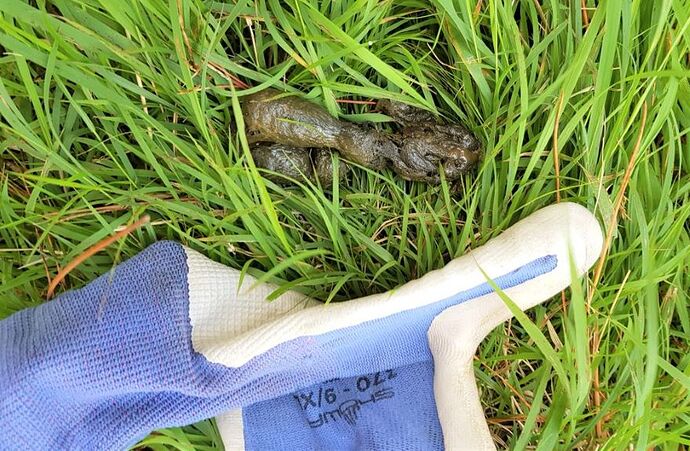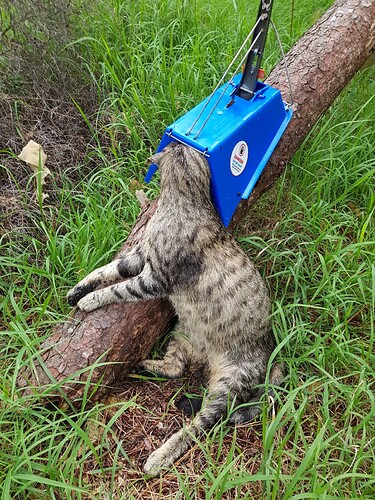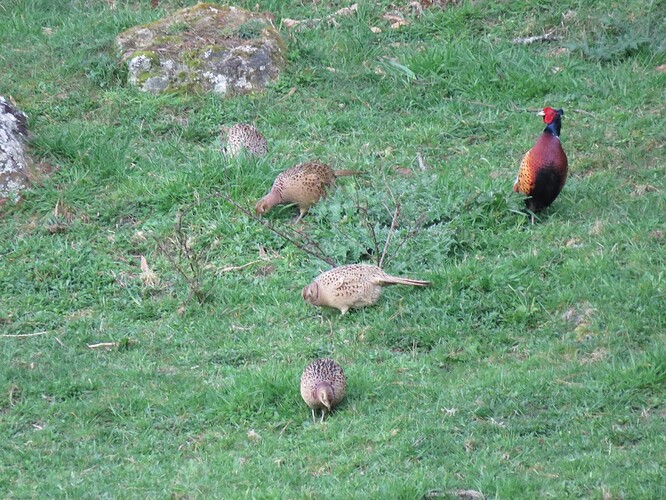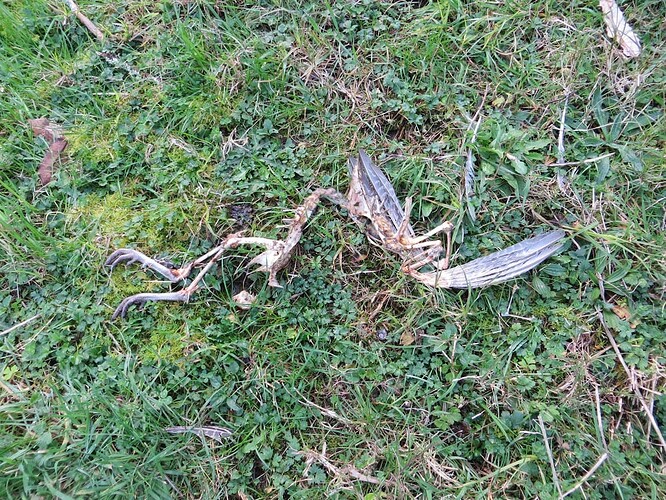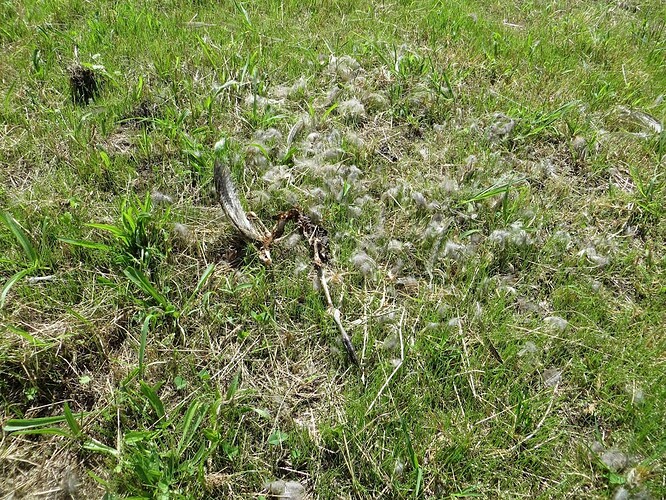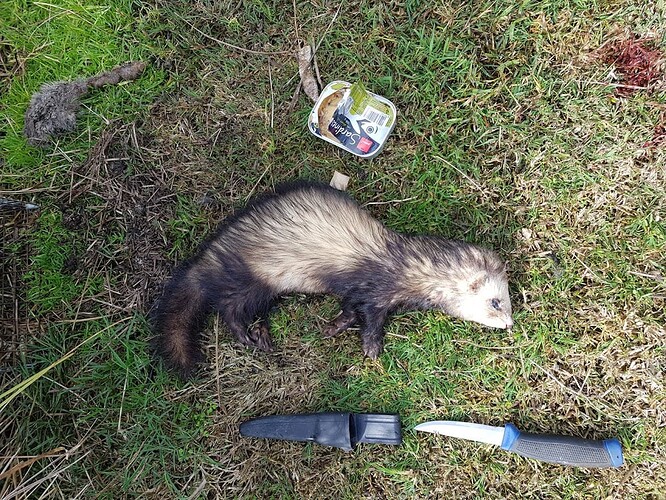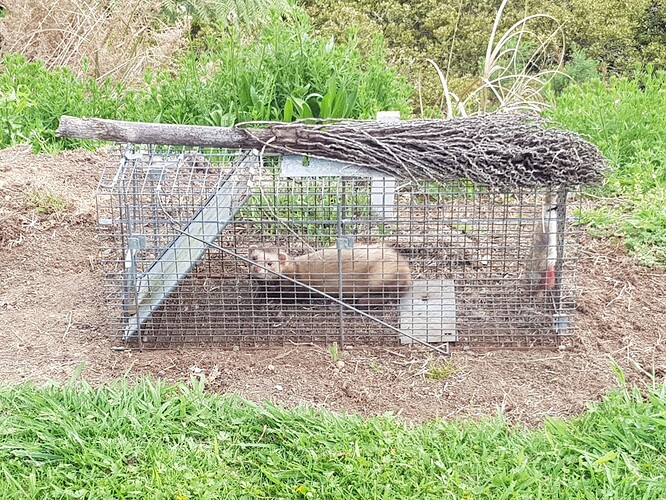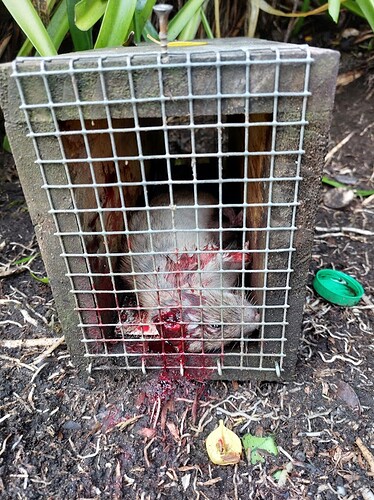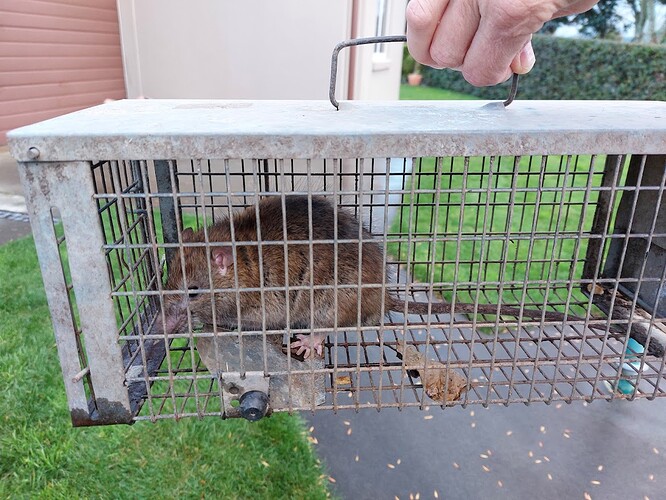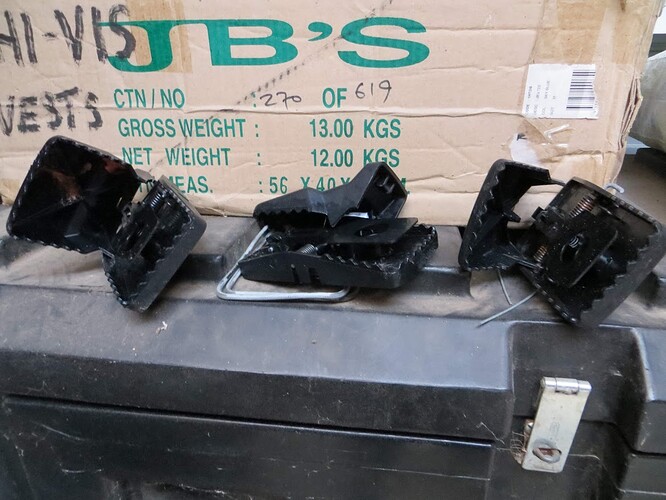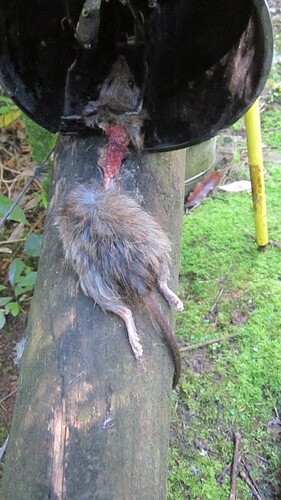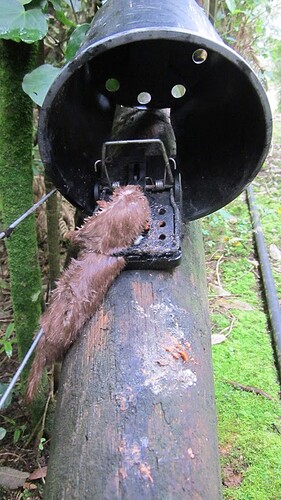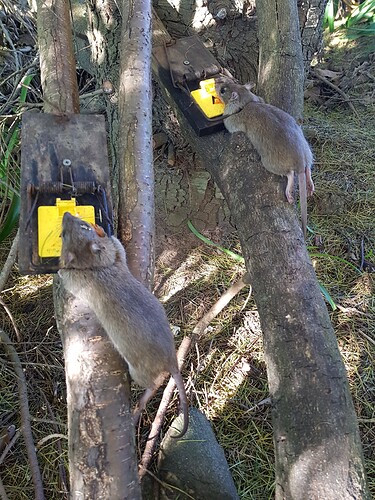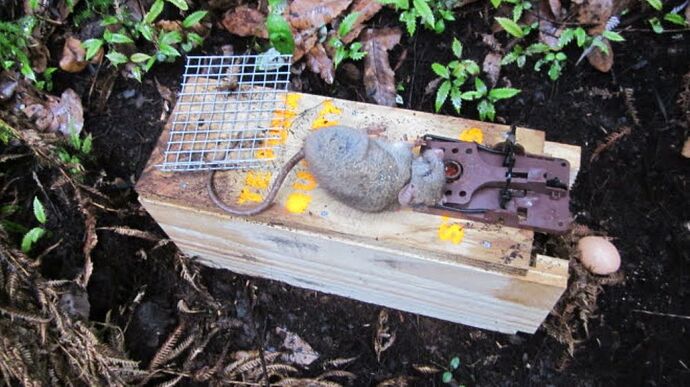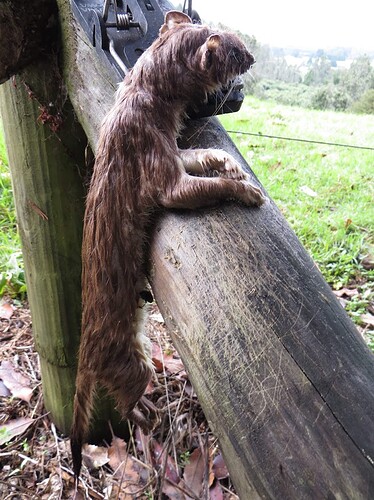We could collectively write a long thread on this subject – so I will start it off -
I am a 76 year old that has been hunting since I was old enough to carry a rifle - at 16. I have lived most of my life on small farms and lifestyle blocks and have been very involved in trapping for the last 20 years when I decided to create a haven for birdlife on our 27 acre property - surrounded by bush and orchards.
I bought a box of Victor Pros, 5 Timms traps, 20 Fenn6 traps and a couple of cages. I have taken pictures of pretty much every animal that I have trapped – thousands of pictures of dead animals.
We sold the lifestyle block and now live in a rural residential street of 30 one acre properties close to the Tauranga Harbour estuary. Predator free BOP has been useful to get people started on pest control – but the interest quickly seems to wear off. The PFBBOP system shows around 600 trap kills around our street in about three years - birdlife is fabulous.
For the last ten years I have been actively involved in trapping a nearby 100 acre community reserve – many of my pictures come from that area – although I take very few pictures of late as pest numbers are very low.
So lets start with this subject – Feral cats – in my opinion, cats are the Apex predator in our environment as mustelid numbers are quite low. I found the cat scat in the first picture in a place where we had a lovely Quail family breeding. I brought in a Possum Master baited with fresh rabbit and mounted it on a small log ramp – ramps are my favourite trap mounts for most traps and animals. I came back the next day to find a large cat. I opened it up to find it full of mice, small rats and a variety of small bones – a very well fed and healthy feral cat. I have also tripped them up on this site using a ramp mounted SA2 trap.

